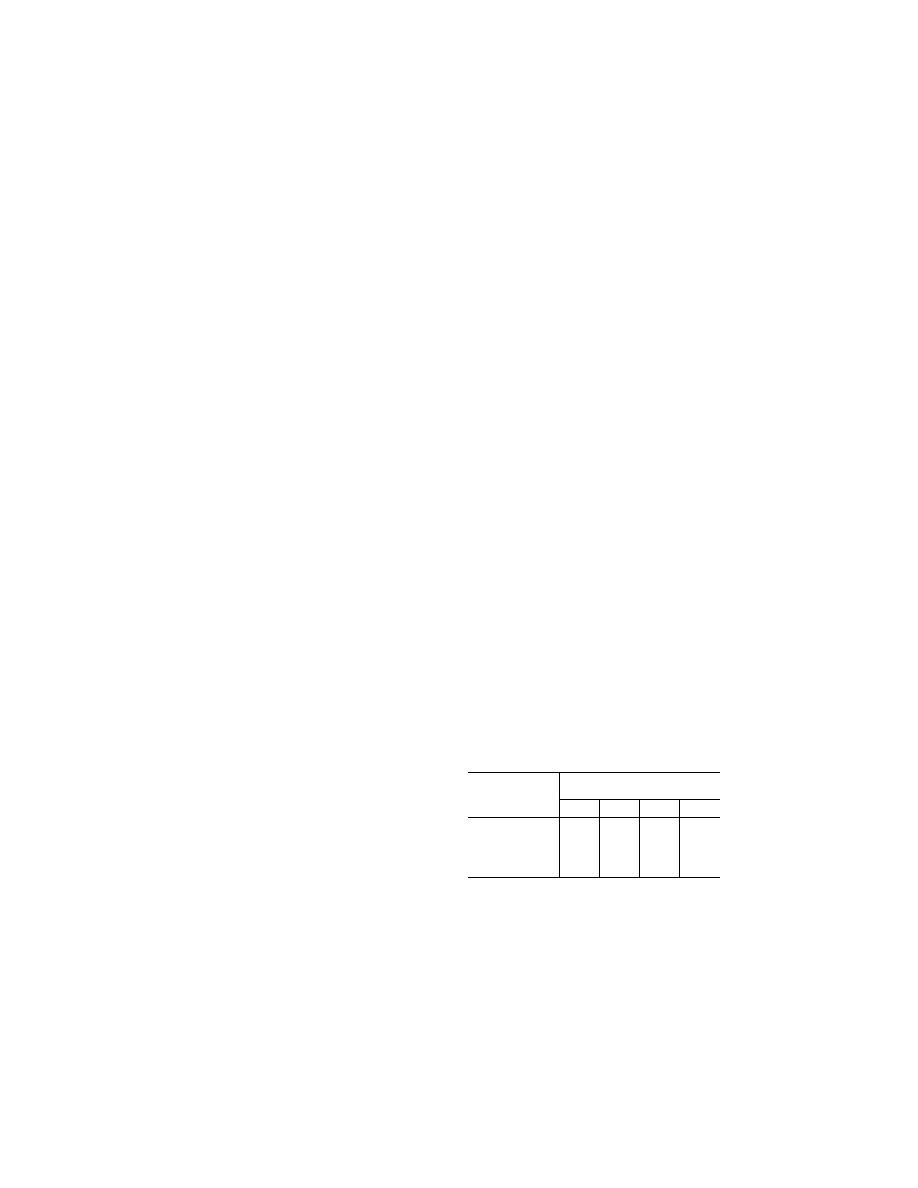
614
14 CFR Ch. I (1–1–24 Edition)
§ 29.787
conditions and from the conditions pre-
scribed in § 29.561(b). The fitting factor
required by § 29.625(d) shall be applied.
[Doc. No. 5084, 29 FR 16150, Dec. 3, 1964, as
amended by Amdt. 29–24, 49 FR 44437, Nov. 6,
1984; Amdt. 29–29, 54 FR 47320, Nov. 13, 1989;
Amdt. 29–42, 63 FR 43285, Aug. 12, 1998]
§ 29.787
Cargo and baggage compart-
ments.
(a) Each cargo and baggage compart-
ment must be designed for its plac-
arded maximum weight of contents and
for the critical load distributions at
the appropriate maximum load factors
corresponding to the specified flight
and ground load conditions, except the
emergency landing conditions of
§ 29.561.
(b) There must be means to prevent
the contents of any compartment from
becoming a hazard by shifting under
the loads specified in paragraph (a) of
this section.
(c) Under the emergency landing con-
ditions of § 29.561, cargo and baggage
compartments must—
(1) Be positioned so that if the con-
tents break loose they are unlikely to
cause injury to the occupants or re-
strict any of the escape facilities pro-
vided for use after an emergency land-
ing; or
(2) Have sufficient strength to with-
stand the conditions specified in
§ 29.561, including the means of re-
straint and their attachments required
by paragraph (b) of this section. Suffi-
cient strength must be provided for the
maximum authorized weight of cargo
and baggage at the critical loading dis-
tribution.
(d) If cargo compartment lamps are
installed, each lamp must be installed
so as to prevent contact between lamp
bulb and cargo.
[Doc. No. 5084, 29 FR 16150, Dec. 3, 1964, as
amended by Amdt. 29–12, 41 FR 55472, Dec. 20,
1976; Amdt. 29–31, 55 FR 38966, Sept. 21, 1990]
§ 29.801
Ditching.
(a) If certification with ditching pro-
visions is requested, the rotorcraft
must meet the requirements of this
section and §§ 29.807(d), 29.1411 and
29.1415.
(b) Each practicable design measure,
compatible with the general character-
istics of the rotorcraft, must be taken
to minimize the probability that in an
emergency landing on water, the be-
havior of the rotorcraft would cause
immediate injury to the occupants or
would make it impossible for them to
escape.
(c) The probable behavior of the
rotorcraft in a water landing must be
investigated by model tests or by com-
parison with rotorcraft of similar con-
figuration for which the ditching char-
acteristics are known. Scoops, flaps,
projections, and any other factors like-
ly to affect the hydrodynamic charac-
teristics of the rotorcraft must be con-
sidered.
(d) It must be shown that, under rea-
sonably probable water conditions, the
flotation time and trim of the rotor-
craft will allow the occupants to leave
the rotorcraft and enter the liferafts
required by § 29.1415. If compliance with
this provision is shown by bouyancy
and trim computations, appropriate al-
lowances must be made for probable
structural damage and leakage. If the
rotorcraft has fuel tanks (with fuel jet-
tisoning provisions) that can reason-
ably be expected to withstand a ditch-
ing without leakage, the jettisonable
volume of fuel may be considered as
bouyancy volume.
(e) Unless the effects of the collapse
of external doors and windows are ac-
counted for in the investigation of the
probable behavior of the rotorcraft in a
water landing (as prescribed in para-
graphs (c) and (d) of this section), the
external doors and windows must be
designed to withstand the probable
maximum local pressures.
[Amdt. 29–12, 41 FR 55472, Dec. 20, 1976]
§ 29.803
Emergency evacuation.
(a) Each crew and passenger area
must have means for rapid evacuation
in a crash landing, with the landing
gear (1) extended and (2) retracted, con-
sidering the possibility of fire.
(b) Passenger entrance, crew, and
service doors may be considered as
emergency exits if they meet the re-
quirements of this section and of
§§ 29.805 through 29.815.
(c) [Reserved]
(d) Except as provided in paragraph
(e) of this section, the following cat-
egories of rotorcraft must be tested in
accordance with the requirements of
VerDate Sep<11>2014
09:06 Jun 28, 2024
Jkt 262046
PO 00000
Frm 00624
Fmt 8010
Sfmt 8010
Y:\SGML\262046.XXX
262046
jspears on DSK121TN23PROD with CFR
